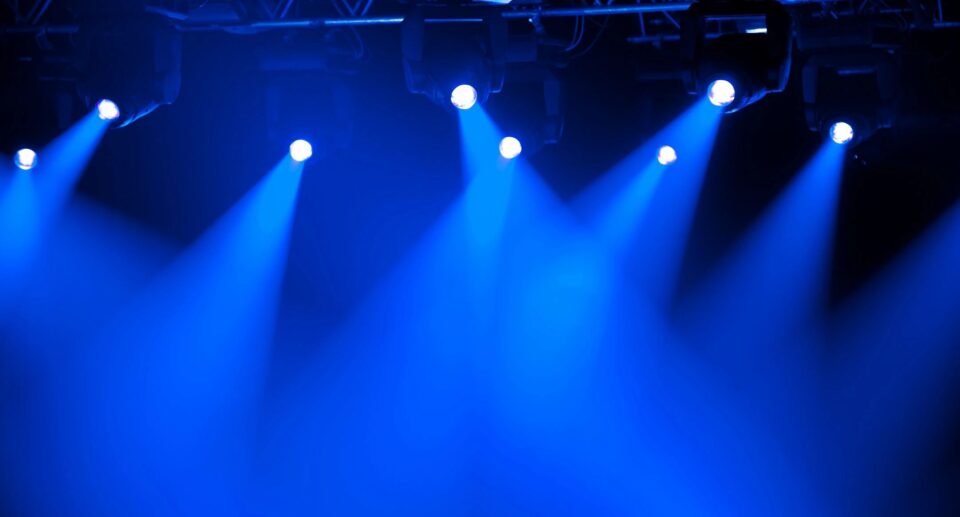Understanding Blue Light: What Seniors Need to Know

As we age, it’s natural to become more aware of how different aspects of our environment can affect our health and well-being. One topic that’s been gaining a lot of attention lately is blue light, especially its impact on our eyes and sleep patterns. But what exactly is blue light, and should seniors be concerned about it?
What is Blue Light?
Blue light is a type of light that is part of the visible spectrum—the light that our eyes can see. It has a short wavelength, which means it has more energy than other types of light, like red or yellow. Blue light is everywhere, and we get most of it from the sun. However, we’re also exposed to blue light from artificial sources like LED lights, computer screens, smartphones, and televisions.
The Impact of Blue Light on Eye Health
One of the biggest concerns about blue light is its potential impact on our eyes. The eye is not very good at blocking blue light, so most of it passes straight through to the back of the eye. Some researchers believe that too much exposure to blue light over time could increase the risk of macular degeneration, a condition that affects the retina and can lead to vision loss.
For seniors, who may already be experiencing age-related changes in their eyesight, this is particularly important. While more research is needed to fully understand the long-term effects of blue light, it’s wise to take precautions to protect your eyes.
Blue Light and Sleep
Another significant concern is how blue light affects sleep. Blue light has been shown to interfere with the production of melatonin, a hormone that regulates sleep. This is particularly relevant in the evening, when exposure to blue light from screens can trick our brains into thinking it’s still daytime, making it harder to fall asleep.
For seniors, maintaining a regular sleep pattern is crucial for overall health. If you find it difficult to wind down at night, reducing your exposure to blue light in the evening might help improve your sleep.
Simple Steps to Protect Your Eyes
Fortunately, there are several easy steps you can take to minimize the potential risks associated with blue light:
- Use Blue Light Filters: Many devices now offer a “night mode” or “blue light filter” setting, which reduces the amount of blue light emitted by the screen. You can also purchase blue light filtering glasses, which are designed to block blue light and reduce eye strain.
- Take Breaks from Screens: If you spend a lot of time on the computer or watching TV, be sure to take regular breaks to rest your eyes. The 20-20-20 rule is a good guide: every 20 minutes, look at something 20 feet away for at least 20 seconds.
- Increase Ambient Lighting: Reducing the contrast between your screen and the surrounding light can help lessen eye strain. Try to use dimmer, warmer lights in the evening to minimize blue light exposure.
- Limit Screen Time Before Bed: To protect your sleep, try to avoid screens at least an hour before bedtime. Instead, consider activities that help you wind down, such as reading a book (in print, not on a screen) or listening to calming music.
Conclusion
While blue light is a natural part of our environment, too much exposure—especially from screens—can potentially affect your eye health and sleep patterns. By taking a few simple steps to reduce your exposure, you can help protect your eyes and maintain a good night’s sleep. As always, if you have concerns about your vision or sleep, it’s a good idea to discuss them with your healthcare provider. After all, staying informed and proactive is key to aging gracefully and healthily.






